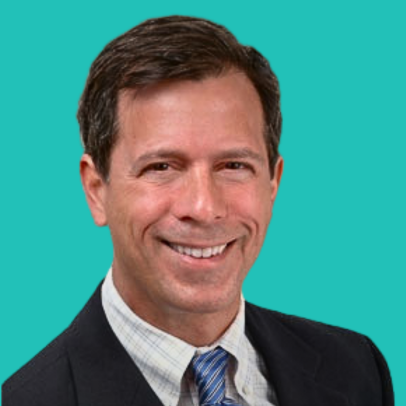
Doctors and nurses and standardized procedures, oh my!
Well it doesn’t quite have the same resonance as Dorothy’s chant in Wizard of Oz, but doctors and nurses and standardized procedures really do go together well, and, they lurk out there in the wild woods of compliance land, especially for medical spas and similar healthcare ventures.
By the end of today’s video, you’ll know some key compliance pointers that help keep medical spas out of enforcement jujitsu.
I’m Michael H. Cohen, founding attorney of the Cohen Healthcare Law Group. Since 1999, our law firm has counseled hundreds of healthcare industry clients a year on healthcare and FDA legal issues. Medical spas are one of our core legal clients, as we understand the multidisciplinary healthcare space really well. We also work with medical doctors and nurses to help them create successful healthcare practices and healthcare businesses.
Let’s talk first about the differences between Nurse Practitioners (NPs) and Registered Nurses (RNs).
NPs have more training, of course, but they also have a broader scope of practice.
What’s legally significant here is that in California, the NP can do the so-called, “good faith exam,” instead of the MD. The RN can’t.
Note that California has recently liberalized its rules as to prescribing without a good-faith exam. However, the California Medical Board still has a lot of material on its website which suggests that the good-faith exam is required; and, the Board can always raise standard of care concerns. So, it’s good to know that the NP but not the RN can be the one designated to do the good faith exam.
Another important point is that while it’s true, that Nurse Practitioners operate with a great deal of autonomy, it’s still a good idea to have Standardized Procedures in place between the Medical Doctor and the Nurse Practitioner.
In California, the Board of Registered Nursing provides a Suggested Format for Standardized Procedures.
Standardized Procedures in California must comply with California Business & Professions Code 2725, and, California Code of Regulations, Volume 16, Section 1474.
The California Code of Regulations (or CCR), have eleven different requirements for Standardized Procedures. These are jointly promulgated by the Medical Board of California and by the Board of Registered Nursing.
Here’s the rule.
(a) Standardized procedures shall include a written description of the method used in developing and approving them and any revision thereof.
(b) Each standardized procedure shall:
(1) Be in writing, dated and signed by the organized health care system personnel authorized to approve it.
(2) Specify which standardized procedure functions registered nurses may perform and under what circumstances.
(3) State any specific requirements which are to be followed by registered nurses in performing particular standardized procedure functions.
(4) Specify any experience, training, and/or education requirements for performance of standardized procedure functions.
(5) Establishing a method for initial and continuing evaluation of the competence of those registered nurses authorized to perform standardized procedure functions.
And then there’s 6 through 11.
Did I read those rather fast? I sure did. But the reality is, you have to nail each and every one of them.
And so where do you get the template from? The PRN, and you tweak it, or you have us draft it, or us review it, you really need to have those standardized procedures in place. Make sure they are there, that they are signed and they are reviewed annually. Make sure that you put in all the clinical information that you need so that if an investigator comes or an undercover investigator comes disguised as a patient, they are not going to catch you without those standardized procedures.
Thanks for watching this video. We look forward to speaking with you soon.
Testimonials
-
I would definitely recommend. I needed direction regarding the FDA and how the rules would affect my business. Responsive, accessible, and knowledgeable.
GRAMedical, CEO -
Impressive credentials are only overshadowed by their clear awareness of practical strategies to help Physicians navigate modern healthcare and achieve successful outcomes.
Practice On Your Terms
Contact Us



